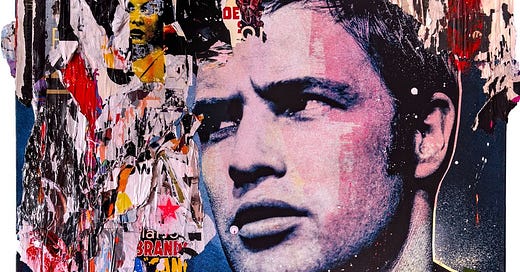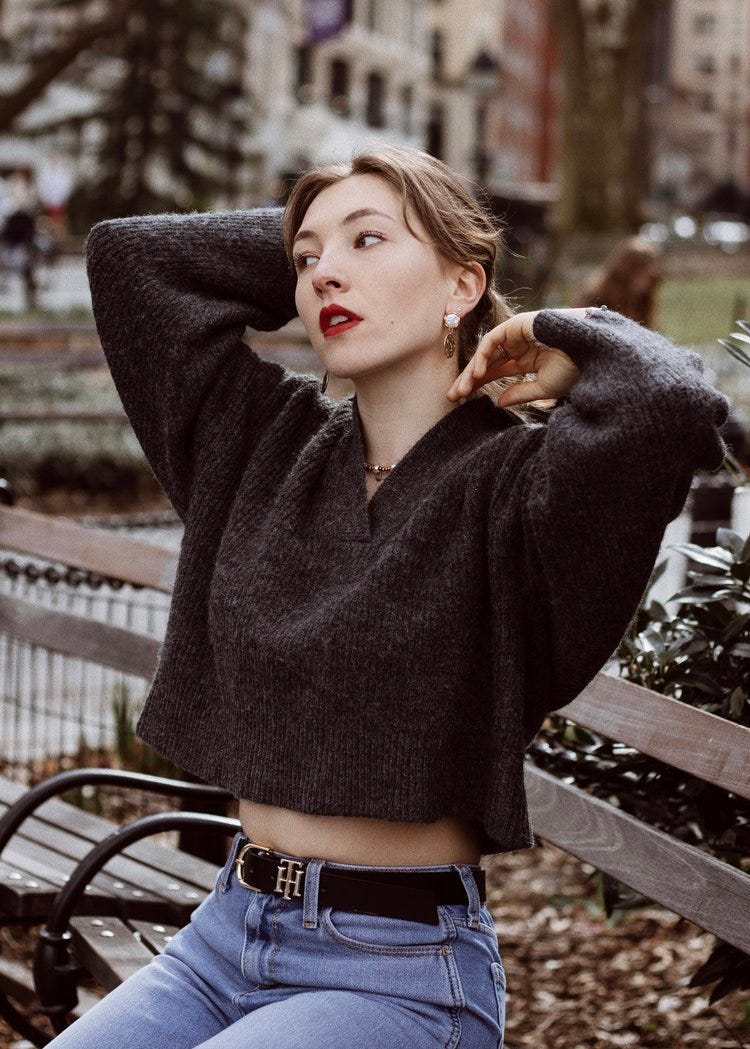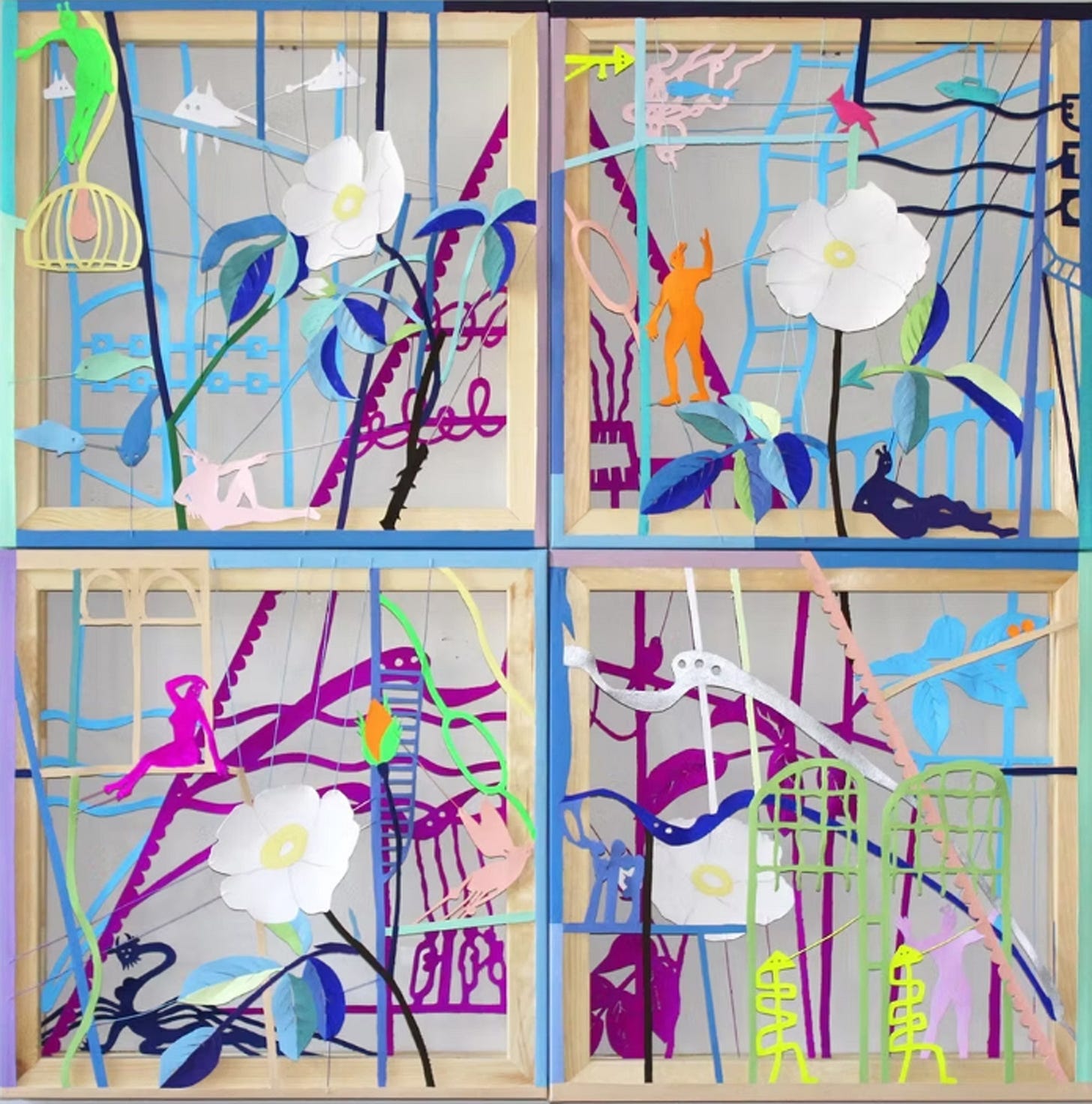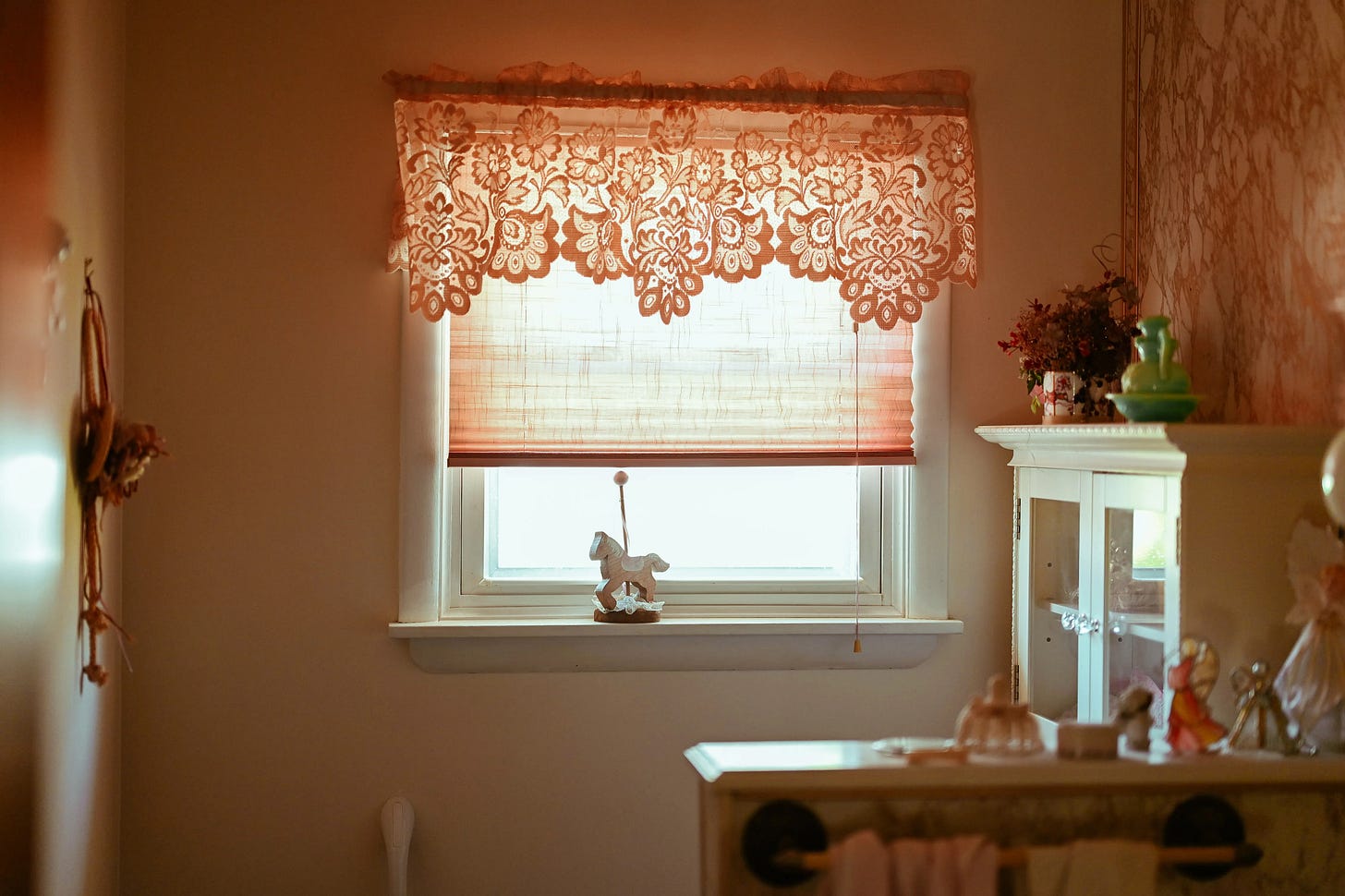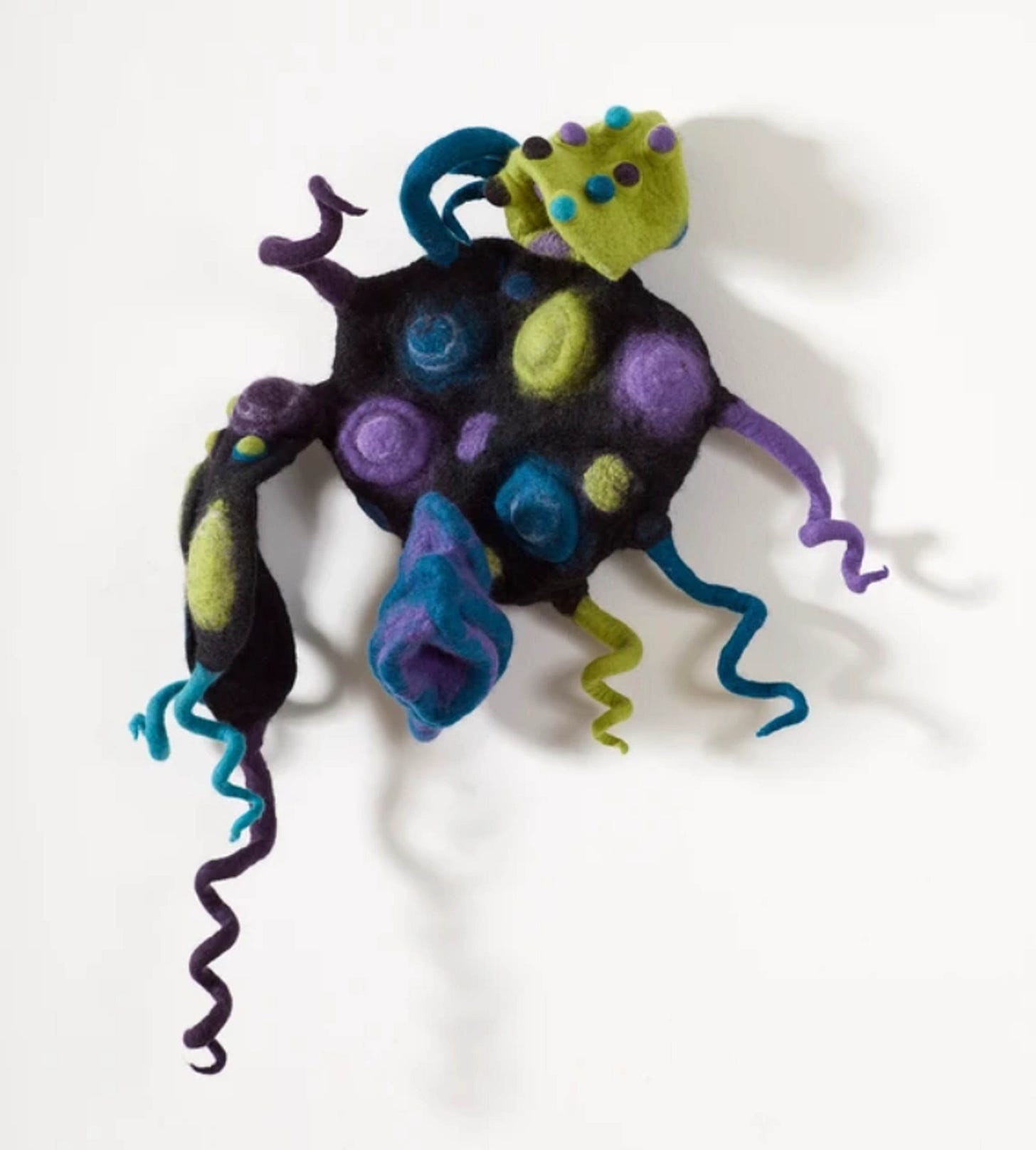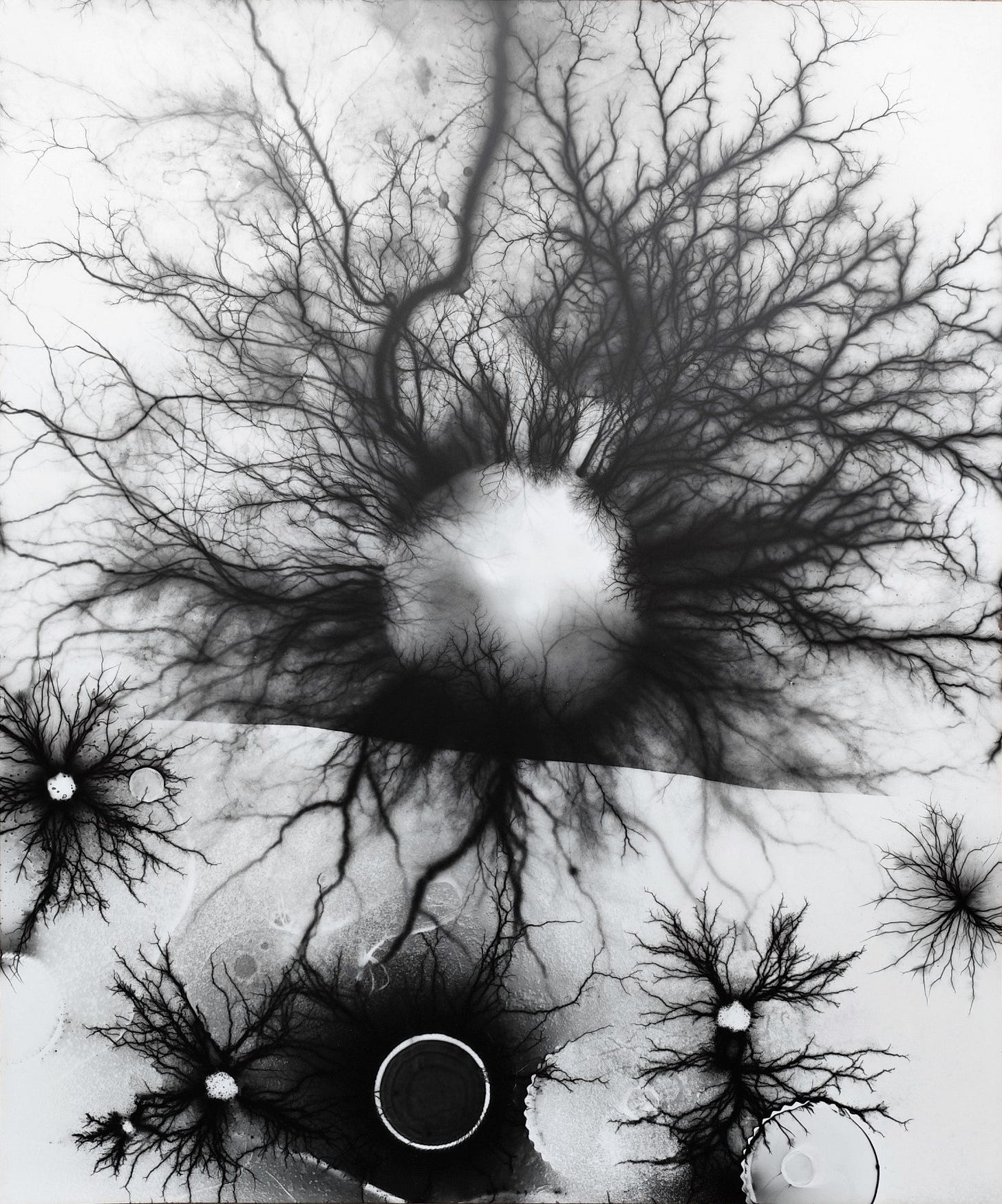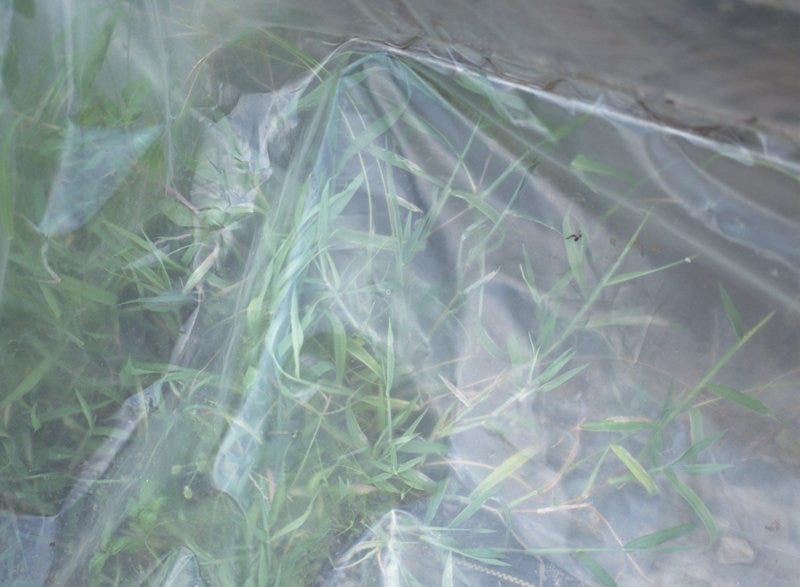Figurative Versus Non-Figurative
The age old debate of figurative versus non-figurative comes down to a question of aesthetics and concepts. Some see the use of the figure in the visual arts as necessary in order to infuse...
artwork by Peter Horvath
The age old debate of figurative versus non-figurative comes down to a question of aesthetics and concepts. Some see the use of the figure in the visual arts as necessary in order to infuse a social context to overall contemporary discourse. Performance art for example remains inherently figurative as a performance without people would just be a conceptual still life, set design, or landscape. Others see the figure as unnecessary and perhaps even a crutch as people with such a point of view feel minimal approaches and metaphor as well as symbolism through object, landscape, structure, and abstraction convey a deeper purpose to image-making. The figure has a communicative approach, use of figurative elements provides context to direct emotional and psychological impulses whereas non-figurative art contains conceptual approaches in attributes of a subject rather than a reactionary conceptual avenue.
artwork by Natasha Navasardian
Artists in the Aedra Fine Arts Catalogue who overtly use the figure to express themselves include Peter Horvath and Natasha Navasardian. Other artists who use figurative traits and elements but cannot be explicitly described as figurative artists include Zelene Jiang Schlosberg and Ann Vollum. Artists who largely or entirely avoid using the figure include Volt in Holt and Austin Cullen. Finally, an artist who often uses both figurative and non-figurative elements include Paige Young. Although Peter Horvath does have some non-figurative works of iconic assemblages based on retro imagery of 1950s and 60s soda pop, he remains widely known for his figurative work of pop culture icons from the mid 20th century from the 1940s to the 1970s. These assemblages convey a world steeped in nostalgia of simpler and even more reflective times which seem to convey a golden age of advancement and optimism, a stark contrast to the times of great uncertainty and instability contained in the age of digitization.
artwork by Zelene Jiang Scholsberg
Natasha Navasardian’s most poignant works tend to be her figurative models interacting with the city. Whether waiting for a bus or fixing their hair on a city park bench, her urban depictions of city life with beautiful, strong-willed women invokes a sense of spirit and adventurism towards exploration of civilization. She also captures skyscrapers by themselves in her photography, often with sewer smoke accentuating the physical traits of these structures, in essence, the sfumato behaves like a figurative element in her work. Zelene Jiang Schlosberg sometimes uses the figure in her abstract compositions. As an artist, she could almost be described as both a painter and sculptor as the works are painted but contain sculptural relief elements with strategically removed canvas. Zelene incorporates the figures so well into her works in a way for which the people feel like they are completely integrated with the compositional elements, as if they are one with the interiors and landscapes depicted. Such a successful integration of figure and form is rare among artists as figurative elements tend to be very dominant. Ann Vollum creates fiber art which are imagined organisms. Her works are only figurative in the sense of depicting an object which appears alive. Many of the fiber pieces appear like urchin, insect-like forms, or even extraterrestrials. These imaginative fiber works are reflective of her childhood imagination recreated and reimagined as an adult image-maker.
artwork by Paige Young
Volt in Holt’s work remains entirely based on the capturing of electricity through photo-sensitive paper exposed to Tesla coils. As a result, their works appear like lightning captured in a frozen moment of time. Electricity in a way has a life-like structure and behavior which reflects travel of light, space, and sound. Their subject matter remains very dominant and interesting, so they do not need to use the figure to express their scientifically-inspired aesthetics contained within their artistic philosophical expression of revealing imaginative planes. Austin Cullen, like Volt in Holt, does not rely on the figure to express himself. His documentary photography reveals the poetry contained in anthropological exhibits and gardens contained within natural history museums. In addition, Austin also captures imagery which reflects isolated moments, such as a close-up shot of a wheat field or a field of grass wrapped in plastic. Paige Young on the other hand, relies on both figurative and non-figurative elements to express herself. She uses photographs of loved ones in either captured analogue photography or taken old photographs and refabricated in the lab to create montages. In addition, to complement these figurative works, she also captures isolated antiques which represent the memory and characteristics of family members, both past and present. These heirlooms, captured in inspiring analogue photography, sometimes contain streaks of light flares or concentrated light which convey apparition-inspired conceptual attributes to the work, as if her past relatives were living among the interiors in the photos.
artwork by Ann Vollum
One could argue any representation of a living organism contains figurative elements, such as photography of fish or animals. Typically, when people think of non-figurative work they often refer to dead structures such as a landscape or a piece of architecture or interior. One form of art does not dominate over the other as both figurative and non-figurative art bring varying methods of conceptual approaches to art. Non-figurative art reveals a minimalistic approach to expressing poetic ideas while figurative art remains inherently socially-based and usually has an increased sense of narrative due to characters at play with the audience or each other. Performance-based work such as performance art, theatre productions, or narrative-film are highly reliant on the figure to express social discourse. Without the figure, these methods of expression would simply not exist or be classified as a separate artform, but certainly not performance.
artwork by Volt in Holt
The figure represents life, narrative, and emotional impulses while non-figurative art behaves more like a standard, a flag which represents an entity through symbolism and metaphor. When we walk into a gallery we expect a surprise, an element we have not seen before. We demand new experiences and to be entertained and / or moved. The artist should reflect on which course they want to take with their art in order to drive the attention of the audience. Conceptual approaches based on revealing a narrative would be best served to use figurative or figurative-based elements to identify a story which resonates with viewers, either historically, socially, or from a realm of entertainment. Non-figurative art can be useful to execute a straightforward concept or as an expression of structure, form, or minimalist attributes. Artists should reflect on the purpose of their work and decide what their motif or form as well as procedures should be in order to express specific targeted goals in communicative image-making.
artwork by Austin Cullen


